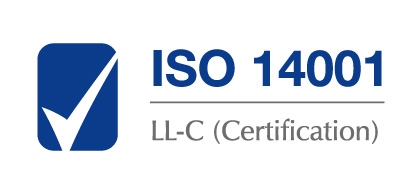Vinylester resins have good resistance to corrosion, water absorption and abrasion, so they are indicated on all occasions when the protection of the substrate must provide for these requirements.
The application of the product includes:
- preliminary check of the substrate to eliminate mechanical imperfections in accordance with ISO 8501-3;
- hydro-washing;
- SA 2.5 sandblasting;
- dedusting;
- primer application;
- application of at least 2 coats of vinyl ester compound;
- top coat application.
On some occasions it is possible to reinforce the thickness thus obtained through the application of mats interspersed with vinyl ester compounds.




